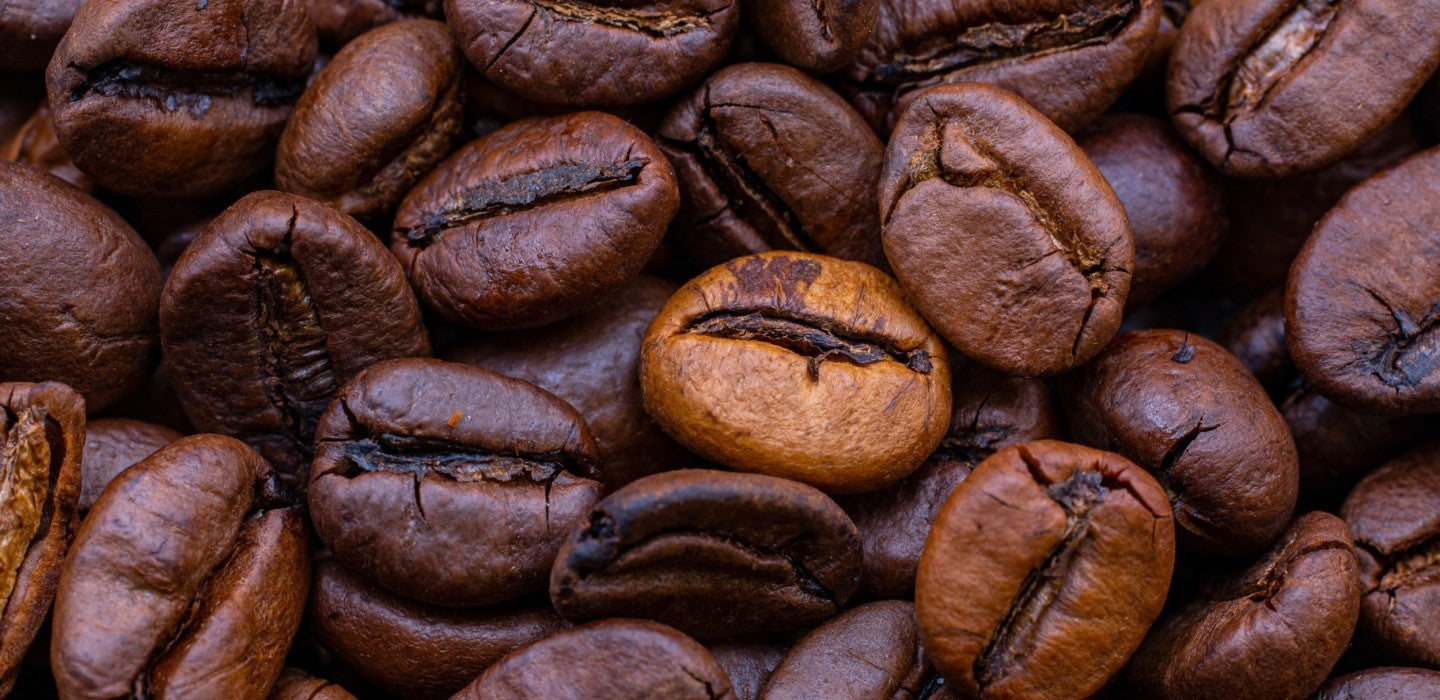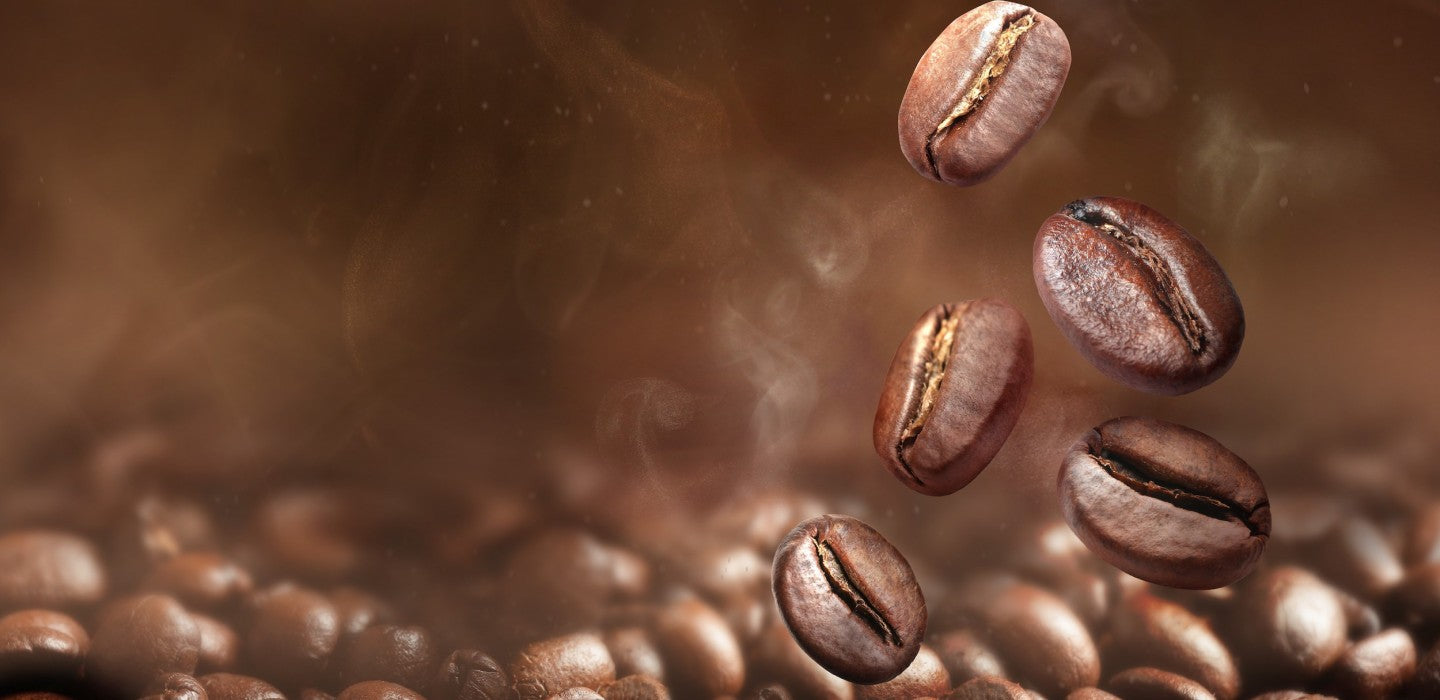Everything You Need to Know About Coffee Aroma
Requiring only sips to recognize the depth and complexity of its flavor, coffee is arguably one of nature's most intricate gifts. Innumerable factors contribute to the overall taste of coffee, but none of it would reach our taste buds without understanding the quintessential role of coffee aroma.
The Complexity of Coffee Aroma: A Sensorial Symphony
To comprehend the intricacy of coffee, one must first realize that coffee harbors up to a thousand different aroma components. This fact not only places coffee as one of the most complex natural products, but it also highlights the multifaceted and ever-changing realm of coffee tasting. The spectrum of these aromas is immeasurably vast, with notes ranging from chocolate to peanuts, forest, and even subtle undertones that each batch of coffee uniquely presents.
The magic of the distinct coffee aroma profile truly comes to light during the roasting process. Factors such as the temperature and duration of the roast strongly influence the outcome, molding each bean's specific aroma profile, which in turn shapes the distinct attributes of its taste.
The Perception of Aroma in Coffee
To fully recognize and appreciate the diverse collection of aromas in coffee, we must engage both our olfactory and taste receptors, thus entailing a process that involves much more than mere sensory perception. Indeed, our memory often plays a critical role, as the recall of certain situations and locations contributes significantly to the emotional categorization of aroma.
Preserving the Aroma of Coffee: A Matter of Freshness
The duration of coffee's freshness and its ability to retain its aroma rely heavily on its condition; ground coffee tends to lose its aroma quicker than whole beans, which better protect these integral aromatic components. Therefore, grinding only the amount of coffee that is immediately needed is essential in preserving the aroma.
Three other significant influences on coffee aroma are air exposure, light, and heat. To successfully conserve aroma, we store coffee a dark, cool, and secure place. Ideally, the coffee remained in its original packaging to limit the risk of oxidation that may tamper with its taste when transferred.
Improving Coffee Aroma: Tricks of the Trade
With coffee being 99% water, the quality of water used in brewing can have a major impact on its overall aroma. Using a water filter to reduce water hardness, for instance, can greatly enhance aroma quality. Furthermore, during coffee preparation, it is crucial to avoid overheating. Particularly when using automatic machines, ensure that the grinder is not overheating, as this can potentially deter the coffee aroma's development.
In espresso machines and automatic machines alike, maintaining a high brewing pressure is essential to extract the full aroma from the coffee grounds. Additionally, machine hygiene plays a role in preserving the quality of coffee taste and aroma. Regular cleaning is necessary in preventing mold buildup which would negatively interfere with coffee flavor and aroma.
As we navigate through each cup of coffee, we are not only savoring its taste but also the complex sensory journey that each aroma note takes us on. Understanding the profound role of coffee aroma allows us to experience the joy of each brew to the fullest - creating moments of appreciation and respecting the process that transforms each coffee bean into an expression of unique tastes and aroma profiles. Thus is the enchanting power of coffee—its variety of flavors and aromas each telling a captivating tale of nature's abundance.



Leave a comment
This site is protected by hCaptcha and the hCaptcha Privacy Policy and Terms of Service apply.